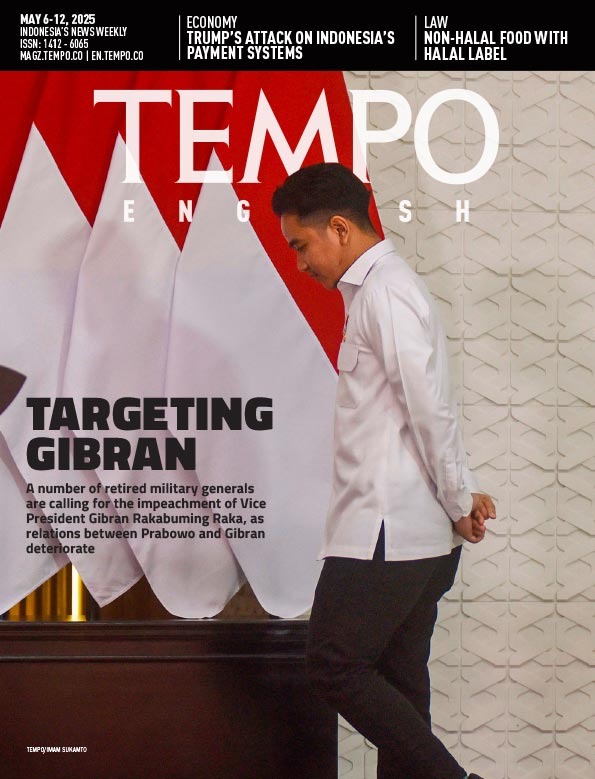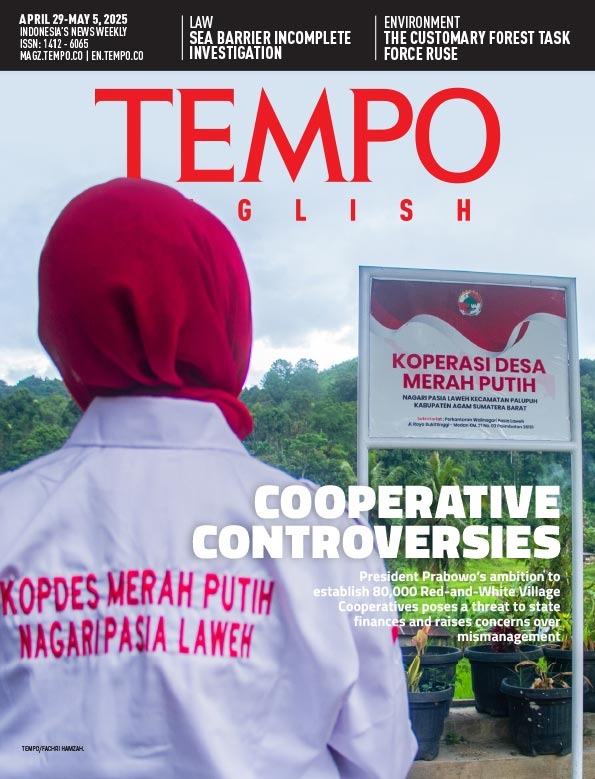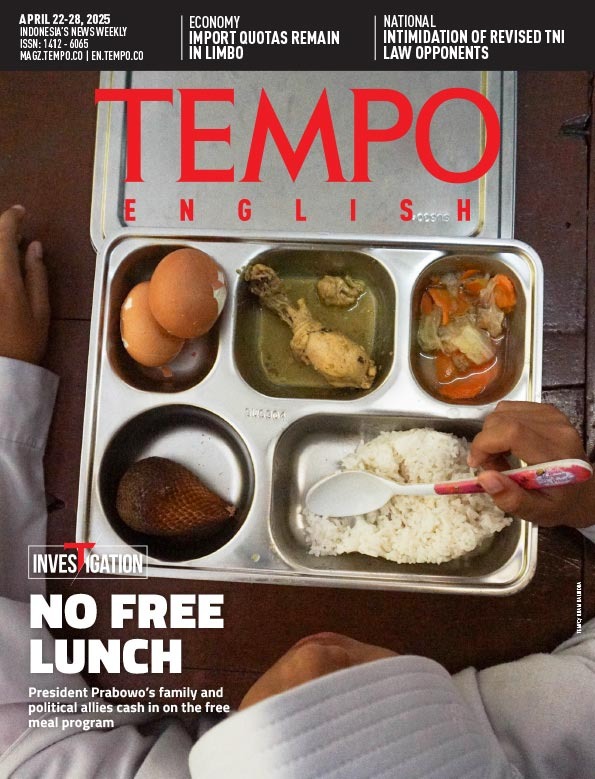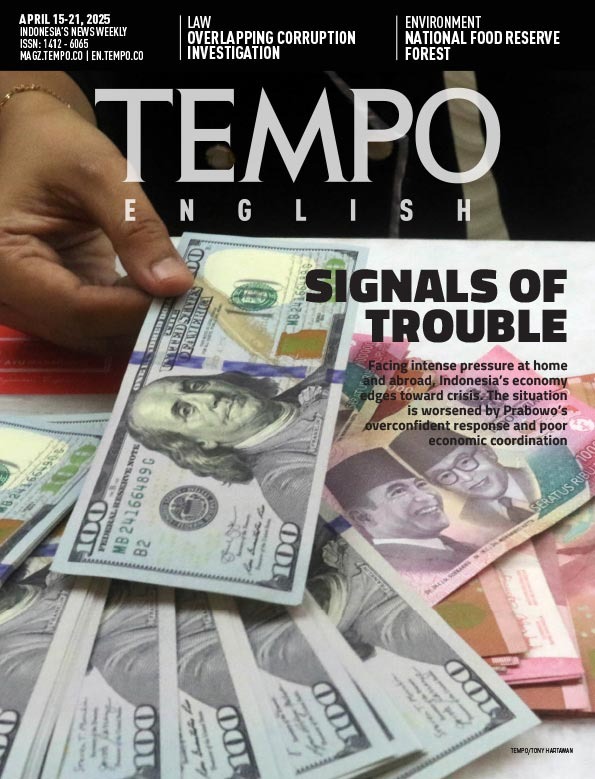The Carbon Center’s Staggered Walk
Tuesday, December 17, 2019
arsip tempo : 174642199440.
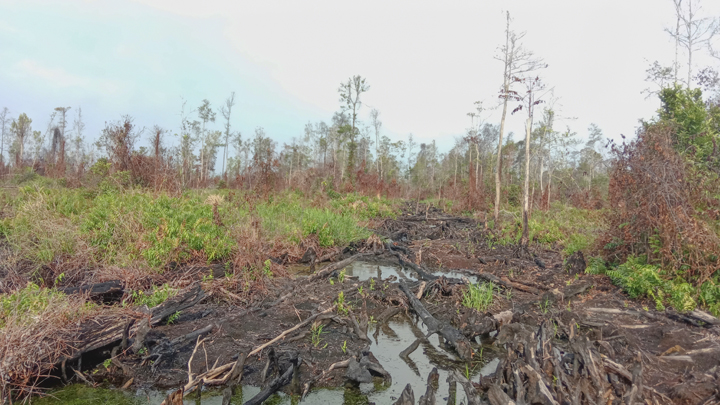
ABDUL Wahab had to turn his motor boat around in order to return home. Smoke from the fire near the end of the Hantipan canal in the Katingan Regency, Central Kalimantan, that September, was too thick to navigate through. He changed his mind upon seeing a group of people waiting for boat along the dock. This 30-kilometer long canal is the main access for residents of Katingan to get across the peatlands to reach the Sungai Mentaya (Mentaya River)
...
Subscribe to continue reading.
We craft news with stories.
 For the benefits of subscribing to Digital Tempo, See More
For the benefits of subscribing to Digital Tempo, See More





